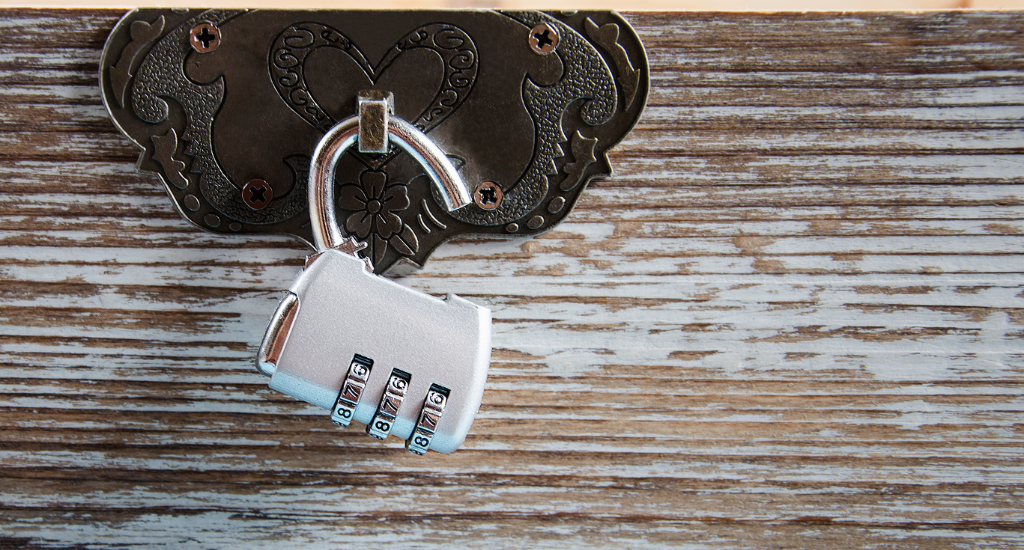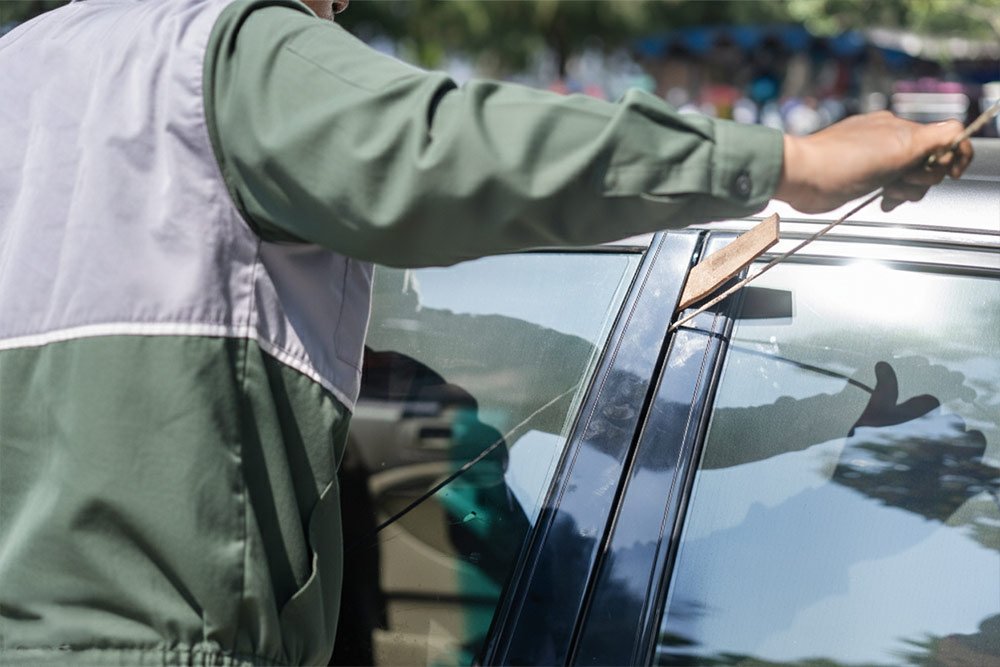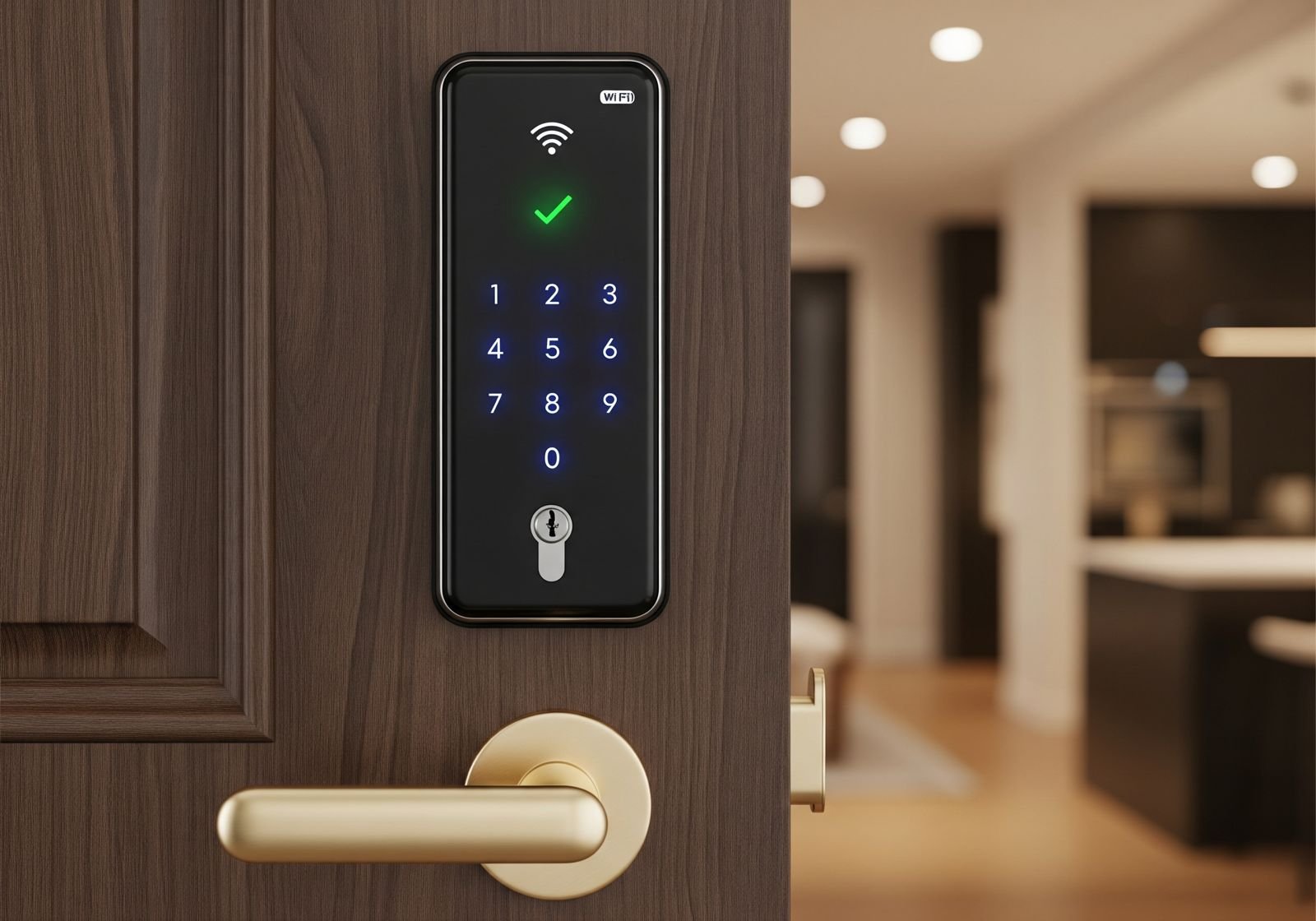In a world where security breaches and unauthorized access to personal belongings are increasingly common, the need for robust security measures has become paramount. Lockboxes, both physical and digital, have emerged as popular solutions for safeguarding valuable items.
Whether it’s protecting physical assets like keys, important documents, or digital assets such as passwords and sensitive data, lockboxes play a crucial role in maintaining security and peace of mind.
In this article, we will explore the various types of lockboxes, their security features, vulnerabilities, best practices, and real-world examples to evaluate just how secure lockboxes truly are.
Types of Lockboxes
Lockboxes come in different forms, catering to a wide range of needs and requirements. Physical lockboxes are the more traditional option, typically made of durable materials like steel or alloy. They can be further classified into three categories:
- Traditional Key-Based Lockboxes,
- Combination Lockboxes,
- And Electronic Lockboxes
On the other hand, digital lockboxes leverage advanced encryption technologies and authentication methods to secure digital assets. These digital alternatives offer convenience and enhanced functionality, making them increasingly popular in our technology-driven era.
Security Features of Lockboxes
Physical lockboxes incorporate various security features to deter unauthorized access. The strength and durability of the materials used ensure resistance to physical attacks, such as attempts to break or pry open the lockbox.
Locking mechanisms, such as high-quality locks or complex combination dials, further reinforce security. Electronic lockboxes often provide additional features like biometric authentication or tamper alarms to enhance protection against theft or tampering.
Digital lockboxes rely on encryption techniques to secure sensitive digital assets. Data stored within the lockbox is encrypted, meaning it is converted into an unreadable format, thereby safeguarding it from unauthorized access. Modern digital lockboxes employ robust encryption algorithms that are virtually impossible to decrypt without the proper authorization. Additionally, advanced authentication methods like two-factor authentication or biometric scans add an extra layer of security, ensuring only authorized individuals can access the lockbox.
Vulnerabilities and Risks
While lockboxes provide a higher level of security compared to conventional storage options, they are not without vulnerabilities. Physical lockboxes can be susceptible to lock picking or forced entry if they are not built with sufficient strength and durability.
Furthermore, the risk of lost or stolen keys can compromise the security of a lockbox, especially if they fall into the wrong hands. Combination lockboxes, despite their effectiveness, can be vulnerable to brute force attacks if weak combinations are used.
Digital lockboxes, despite their advanced security measures, face their own set of risks. Hackers and cybercriminals constantly develop new methods to exploit vulnerabilities in software or gain unauthorized access. Weak passwords or inadequate authentication methods can be exploited, allowing unauthorized individuals to bypass security measures. Moreover, the risk of data breaches or leaks exists, potentially exposing sensitive information stored within the digital lockbox.
Best Practices for Securing Lockboxes
Strategic Placement |
It is crucial to place your lockbox in a discreet location, away from prying eyes. Consider hidden spots or inconspicuous areas that would deter potential thieves or intruders. |
Regular Maintenance |
Ensure that your lockbox is regularly inspected and maintained. Check for any signs of damage, corrosion, or wear and tear. Replace worn-out components promptly to maintain optimal security. |
Combination Code Management |
If you are using a lockbox with a combination code, it is vital to manage the code effectively. Avoid using easily guessable codes such as birthdays or sequential numbers. Opt for a unique combination and change it periodically. |
Security Monitoring Systems
|
To enhance lockbox security, consider integrating it with your existing security monitoring systems. This integration allows for real-time alerts and notifications in case of any unauthorized access attempts. |
Lockboxes: Safeguarding Valuables in an Insecure World

Lockboxes, whether physical or digital, play a critical role in securing valuable items and sensitive information. With the ever-increasing importance of security in today’s digital age, lockboxes offer peace of mind and protection against unauthorized access. While they are not impervious to vulnerabilities, proper selection, maintenance, and adherence to best practices significantly enhance their security.
By staying informed about evolving threats and adopting proactive security measures, individuals and organizations can ensure their lockboxes remain effective safeguards for their valuable assets. In an insecure world, lockboxes provide a sense of security and control over personal belongings and digital data.





